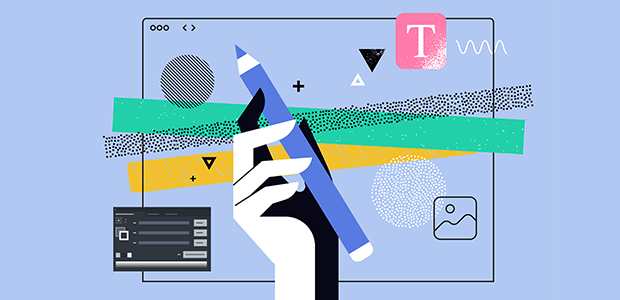
Why marketing experimentation can help small businesses thrive in a volatile economy
Recent ONS figures suggest that the UK economy continues to experience mixed fortunes, and while a marked recession doesn’t look likely, it will take some time to return to strong growth.
But the turmoil doesn’t mean that small businesses and their marketing teams should rein in spending or even stick with the same processes as they’ve always done. Instead, it’s a huge opportunity to experiment and learn how new tools and strategies can enable them to keep their finger on the pulse of customer trends. Economic change and instability often alter behaviours and attitudes, so taking this approach can give marketers the advantage they need to adapt to consumer needs.
The most transformational and impactful tools for marketers are those that can offer effective methods of personalisation. It’s an approach that uses data and ongoing testing to find ways to improve campaign performance and brand awareness through more tailored customer communication. Adopting an agile mindset enables marketers to be dynamic and iterative in how they develop an effective marketing strategy that can help drive short-term sales, and long-term brand awareness.
But, why is this important now?
Given the current climate, it’s understandable marketers may be concerned about the cost of taking an agile and experimental approach to their marketing. However, with the digital tools available to marketers today, the barrier to investment can be comparatively lower versus other forms of marketing. Cost-effective and smart use of an experimental marketing strategy can have a transformative impact on customer acquisition and conversion, help keep profit margins healthy, and identify the tools, messaging and media that will resonate most effectively with the right consumers. As a result, marketing teams can be primed to increase campaign activations when budgets and the economic landscape allow.
An added benefit of conducting experimental approaches now is that they can help to maintain a level of brand awareness when competitors may have completely pulled their budgets. This means that, when consumers begin spending again, they already have greater awareness of and affinity for a brand and may be more likely to convert to customers and lead to quicker growth. There’s evidence to show this strategy works. Rather than reduce spending during the 2008 recession, hygiene brand owner Reckitt increased it by 25%, securing 8% revenue growth and a 14% profit increase when most of its rivals reported 10% declines.
Get the right tools for the job
Simply adopting such a mindset isn’t enough though; marketers need the tools that can enable it to be a success. The right tool will depend on the goal the business is looking to achieve, alongside budget, and time constraints. AI is one tool that could drastically reduce those barriers.
AI can have a significant positive impact on campaign budgeting, optimising the entire marketing process from start to finish. In the initial stages, generative AI functions can be deployed to help develop the copy, imagery, and messaging of any outreach. Further AI tools can be implemented to support audience mapping and planning by identifying the segments most likely to respond to each iteration of a campaign, ensuring it’s personalised and relevant to the consumer. Finally, more tools can be integrated to help identify key insights for optimisation, such as which messages are most effective or what time of day delivers the greatest impact. That insight can then be plugged into the next round of experimentation to help drive more efficiencies across marketing channels – from email to SMS – and fuel business growth.
Make experimentation effective and efficient
The specific journey of every business varies and so will the experiments the marketing team needs to undertake and the tools they use will too. However, there are five questions each experiment will need to answer:
- What’s the end goal? Be clear from the very start of the process what the goal is and therefore what metrics need to be measured. Raising brand awareness will be very different from driving sales.
- What’s the theory to test? Having identified the goals and metrics, it can be helpful to have a theory to test, such as whether the time of day a marketing email or text message is sent, impacts the number of conversions.
- Are there guardrails to keep to? As with any experiment, understanding the limits can be invaluable for the end result. That could mean only changing one variable each time, such as the email headline during one test and then the messaging in another.
- Have there been enough tests? Really? Testing once simply isn’t enough to deliver valuable insights, but it can be helpful to focus on what will be most impactful first, such as the audience segment, and then use that as a basis for further testing to hone in on what will lead to the greatest ROI.
- What can be learnt from the insights? While insights are interesting, they’re meaningless unless acted upon. After every phase, take the insights gained and find ways to feed them back into the next round of experiment to ultimately reach the end goal.
Experimenting with new strategies and tools may seem daunting, especially during a time of constrained budget, but it can provide valuable insight that will help small businesses truly understand the personality of their customers in a volatile and challenging economic landscape. It also enables marketers to maintain a level of outreach to ensure brand awareness continues at a time when competitors may have slashed budgets. By continuing to drive results and provide insights, marketing teams can arm themselves and their stakeholders with the strategies and stability they need to secure the future of their businesses.

